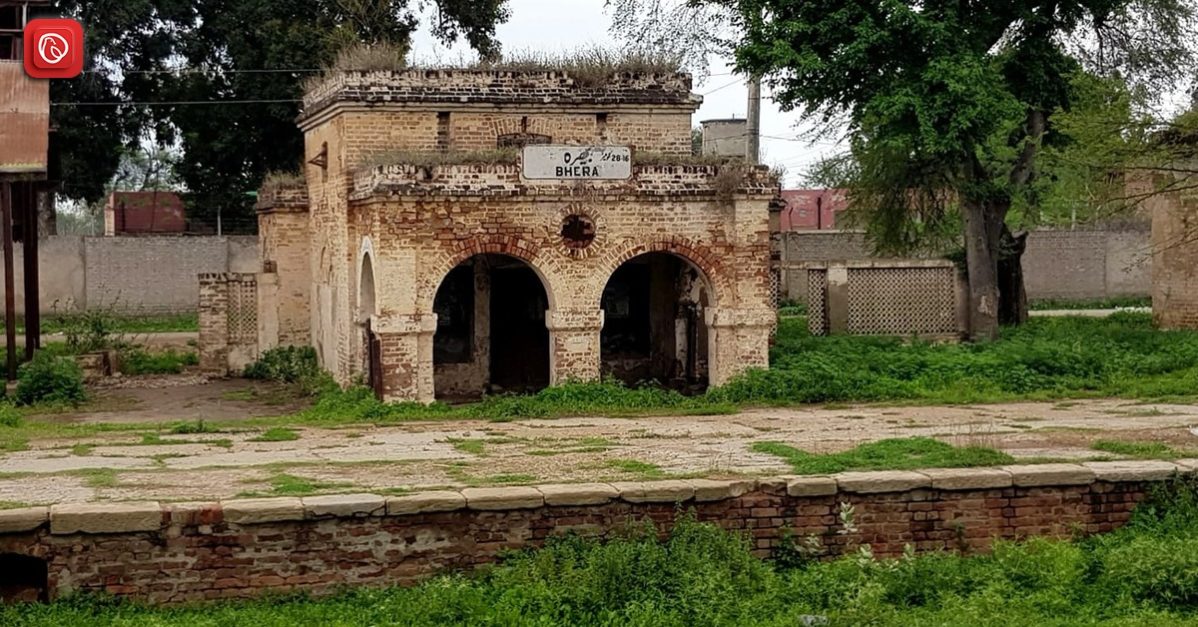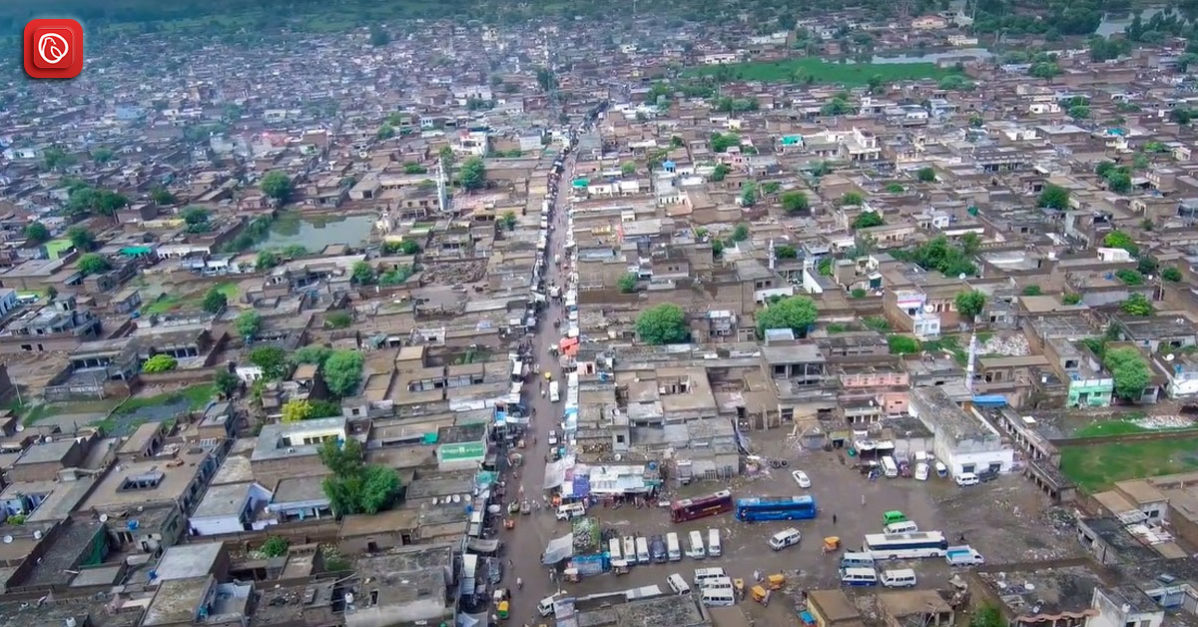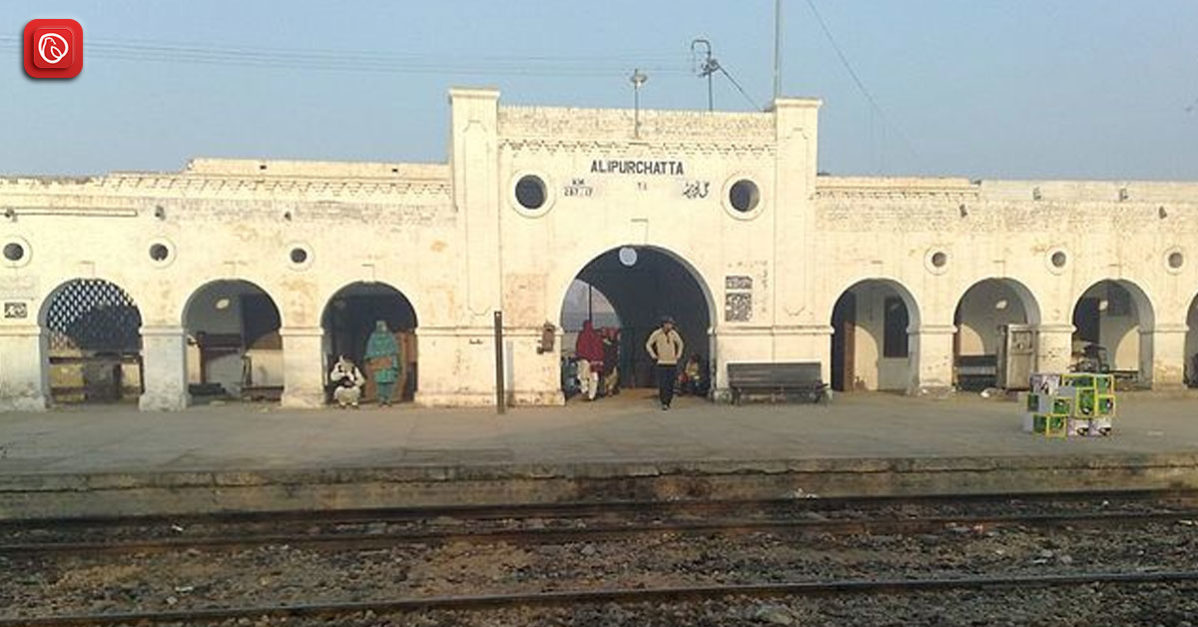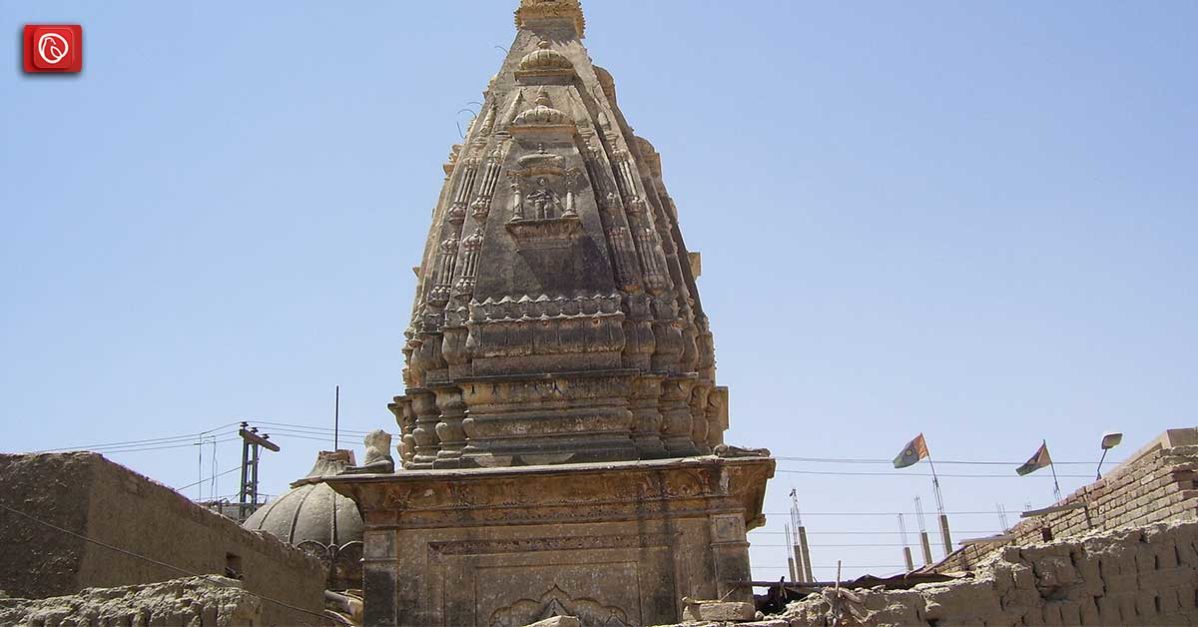Welcome to the historic city of Bhera, nestled along the picturesque left bank of the River Jhelum in District Sargodha, Pakistan. The charming town boasts a rich tapestry of stories woven through the sands of time. Once a capital city in the era of Sophytus, a contemporary of the legendary Alexander the Great, Bhera witnessed the footsteps of conquerors and visionaries.
It was here that Bahar embarked on his audacious invasion of the Indian subcontinent, and where the illustrious Sher Shah Suri laid the foundation for a walled town with eight majestic gates back in 1540 CE. Today, as Graana.com delve into Bhera’s fascinating history, we’ll uncover the remnants of its storied past, with a special focus on the enduring architectural wonders of its ancient gates.
Historic Significance
Bhera boasts a rich and somewhat hidden history that remained relatively undiscovered by the people of Pakistan until the construction of the motorway in 1997. Since then, it has gained recognition as a popular stopover on the route from Lahore to Islamabad. Covering an expansive area of 400 acres, this city is characterized by its diverse religious population. Today, it is known as one of the most famous historical places in Pakistan.
Bhera was designed in the form of a fortified town with imposing walls and approximately eight gateways, a common architectural feature of its time. Interestingly, some of these gates were named after the major cities they led to, such as Lahori, Kashmiri, Multani, Chinioti, and Kabuli.
Others, like Peeranwala and Haji Gulab Gates, derived their names from unique local associations. A few of these gate structures still stand today, awaiting discovery by those who venture into the city’s ancient heart. The city of Bhera holds a wealth of history, and its culture promises even more to explore and appreciate.
Exploring Bhera’s Distinctive Quarters
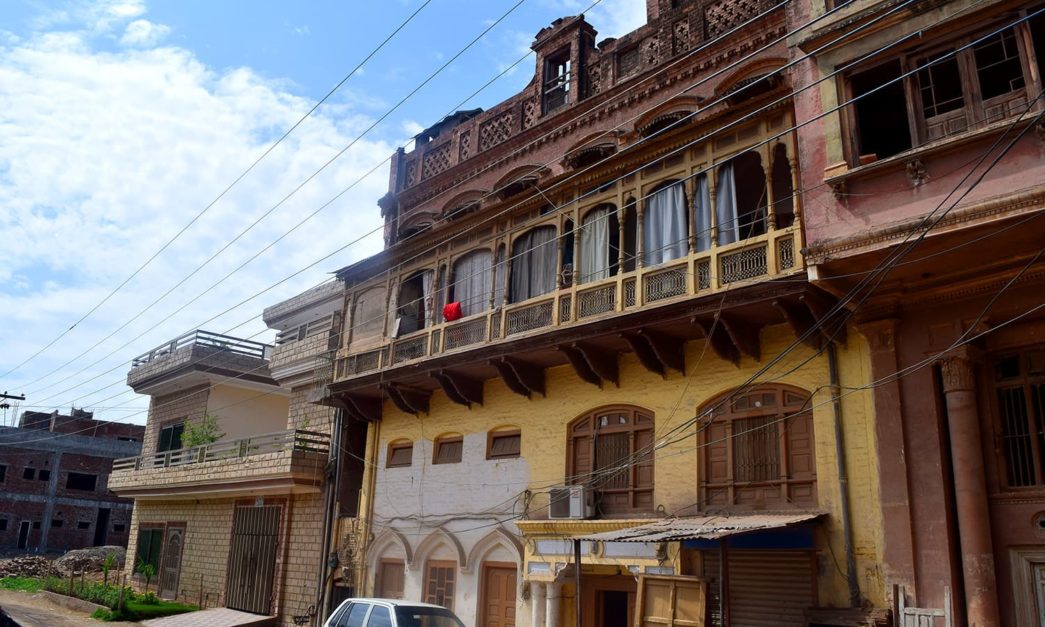
- The Old and New: A City Divided Bhera’s urban landscape comprises an old city nestled within time-worn walls and a newer locality extending beyond.
- Mohalla’s: Enclaves of Diversity The old city is subdivided into distinctive Mohalla’s, each marked by its unique features and inhabited by diverse castes.
- Mohalla Piracha: A Timeless Treasure
Mohalla Sheikhan: Echoes of History
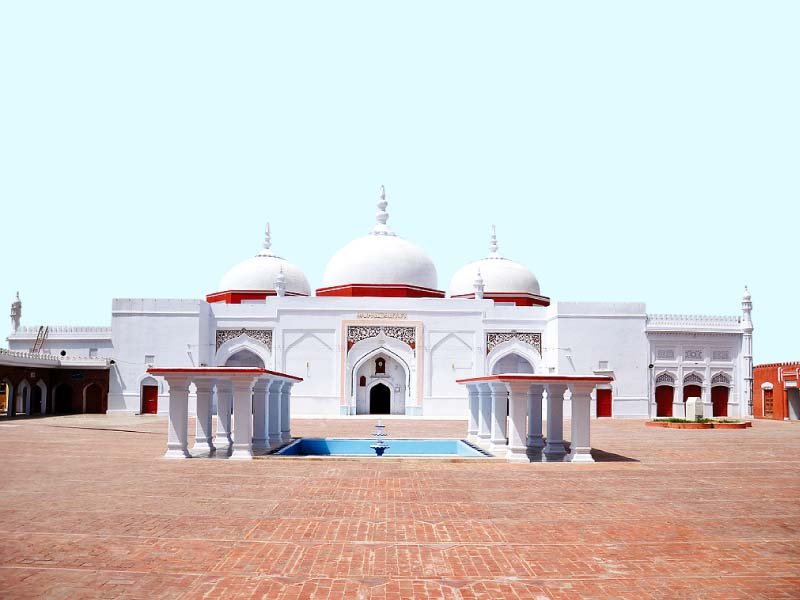
The Legacy of Havelis Mohalla Sheikhan reveals its rich history through several grand Havelis, each with its own unique story to tell. A pristine white mosque, graced with three elegant domes, stands as a timeless testament to Mohalla Sheikhan’s past.
Sikh and Hindu Temples
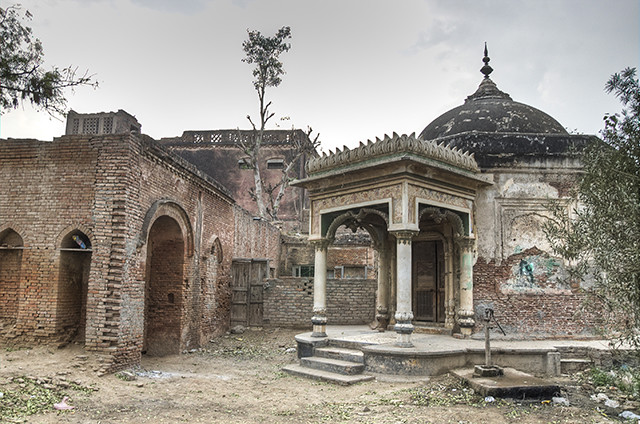
Numerous Sikh and Hindu temples dot the landscape, preserving the memory of past inhabitants and occasional tales of hidden treasures. Legends persist of treasures concealed during the turbulent partition era, occasionally resurfacing in Bhera’s historic grounds.
The Eiffel Tower of Sikhs
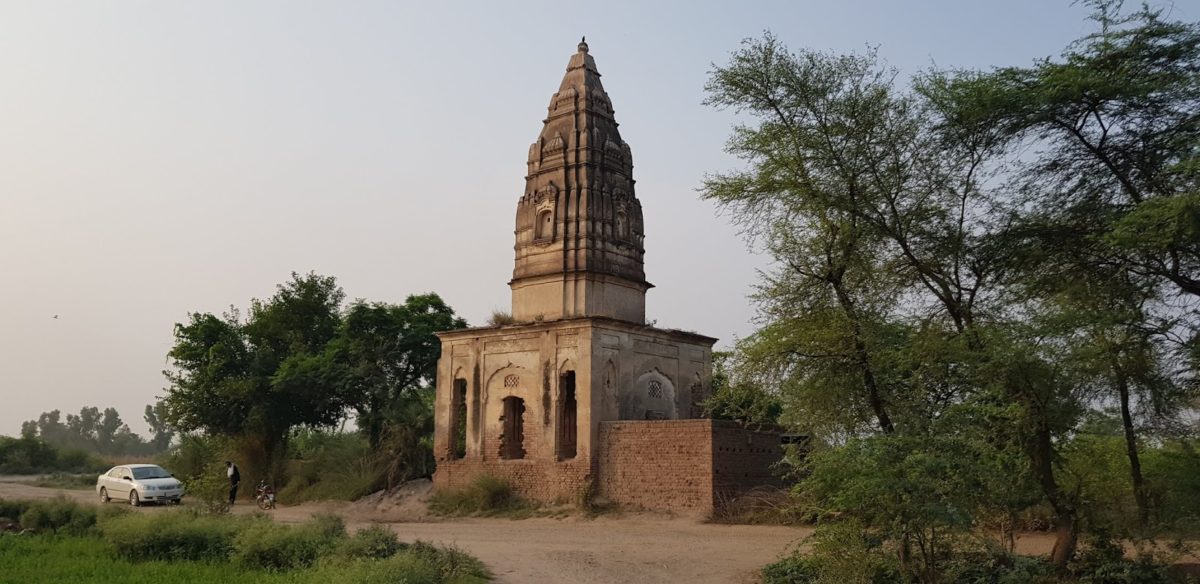
At the heart of Bhera, an old Sikh Gurdwara stands tall, complete with a tower offering panoramic views of the bustling bazaar. Transformed Through Time Post-partition, this site was repurposed into an imambargah, adding another layer to Bhera’s multifaceted history.
Name Meaning
The name “Bhera,” associated with the city in Sargodha, Pakistan, carries a unique historic significance. In Sanskrit, it is believed to convey the meaning of “Be-hara,” which can be interpreted as a “fearless place.” This naming choice likely aimed to instil a sense of security among its residents, given the city’s tumultuous history of being repeatedly razed by invaders from the West.
Alternatively, “Bhera” might also be associated with “Be-raha,” suggesting an “off-route” character. This connotation stems from the transformative impact of Sher Shah Suri’s construction of the new Grand Trunk Road further north, which significantly diverted trade routes and posed a challenge to the city’s prosperity as a trading outpost.
Impressive Temples in Bhera
A Legacy of Six Temples Bhera boasts the presence of six temples scattered across its various Mohalla’s or neighbourhoods. Among these, three temples are visible only in their ruined state, while the other three still stand but have begun to crumble due to the passage of time.
Interestingly, the responsibility for the preservation of these monuments falls primarily on the shoulders of a retired army officer, Col (retd) Zahid Mumtaz, who has taken it upon himself to safeguard Bhera’s cultural legacy.
The Baoliwala Mandir
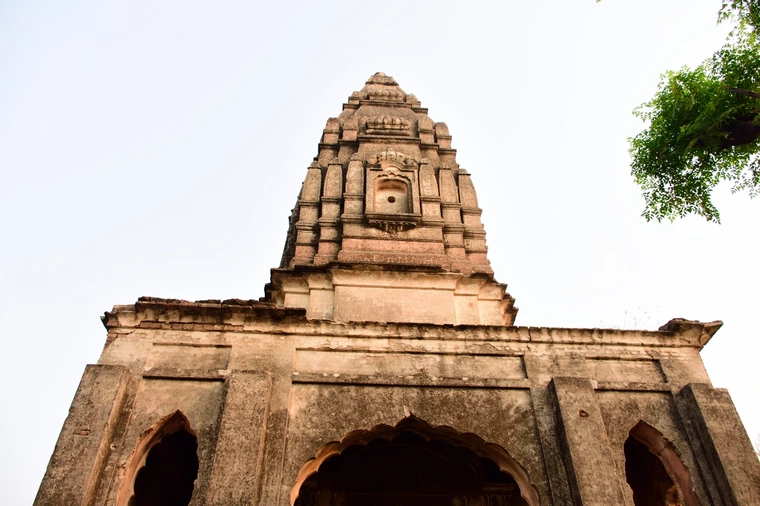
One of the most prominent structures is the Baoliwala Mandir, located along the road leading to the Jhelum River. Its elevated pinnacle, visible from afar, makes it a distinct landmark.
However, the temple now lies abandoned, with only the lower part, where the deity’s idol was once housed (garbhagirha), still recognizable. Sadly, this part is also in a state of disrepair. The temple features three entrances from different directions and includes basement cells that once served as living quarters for temple priests.
A pradakshina or circumambulatory gallery encircles the garbhagirha. Remarkably, above the main gate to enter, there remains a gaping hole, likely where the temple’s inscription tablet was once situated.
The entrance gate of the temple lies in ruins, and the stairways that led to the main chamber are broken. Today, the main chamber lies in ruins, and the niches where the murtis once stood are barely discernible.
Shiva Temple in Nagianwala Mohallah
Another Hindu temple resides in Nagianwala Mohallah, dedicated to Lord Shiva, the Hindu god of destruction, revered by Yogis for ego annihilation.
Preserving a Heritage
The presence of these temples stands as a poignant reminder of Bhera’s historic past. Despite the ravages of time, the temples remain testaments to the town’s rich cultural history, urging authorities and enthusiasts to consider preservation efforts to ensure their enduring legacy. However, these relics of the past continue to stand, seemingly under the watchful eye of Lord Shiva, carrying on their enduring tale of history and spirituality.
Present day Bhera
- Old Bhera Across the River: On the opposite side of the river lies an ancient mound believed to be the remains of Old Bhera.
- Baber’s Historic Accounts: Babar’s Tuzuk explicitly locates Bhera on the west bank of the Jhelum River in multiple instances.
- The Reconstruction Theory: It is highly likely that the current Bhera emerged during rebuilding efforts following Sher Shah Suri’s stopover.
- Mysteries of the Past: The reasons behind the decline of the old town on the western bank of the Jhelum River remain shrouded in mystery.
- Circumnavigating History: A circular road now encircles the town, tracing the path where the city walls once stood.
- Ancient Architectural Treasures: Bhera proudly showcases its rich architectural heritage, including the Sher Shahi Masjid.
- A Spiritual Landscape: The town boasts a multitude of both ancient and modern mosques, a Sikh Gurudwara, and several Hindu temples.
- A Blend of Old and New: Bhera attracts with its harmonious blend of historic structures alongside modern construction.
- A Unique Moniker: Locals affectionately refer to their town as “بھیرہ : پُھلّاں دا سہرا,” symbolising its status as a blossoming haven.
This was all about Bhera. For more information, visit Graana.com.
